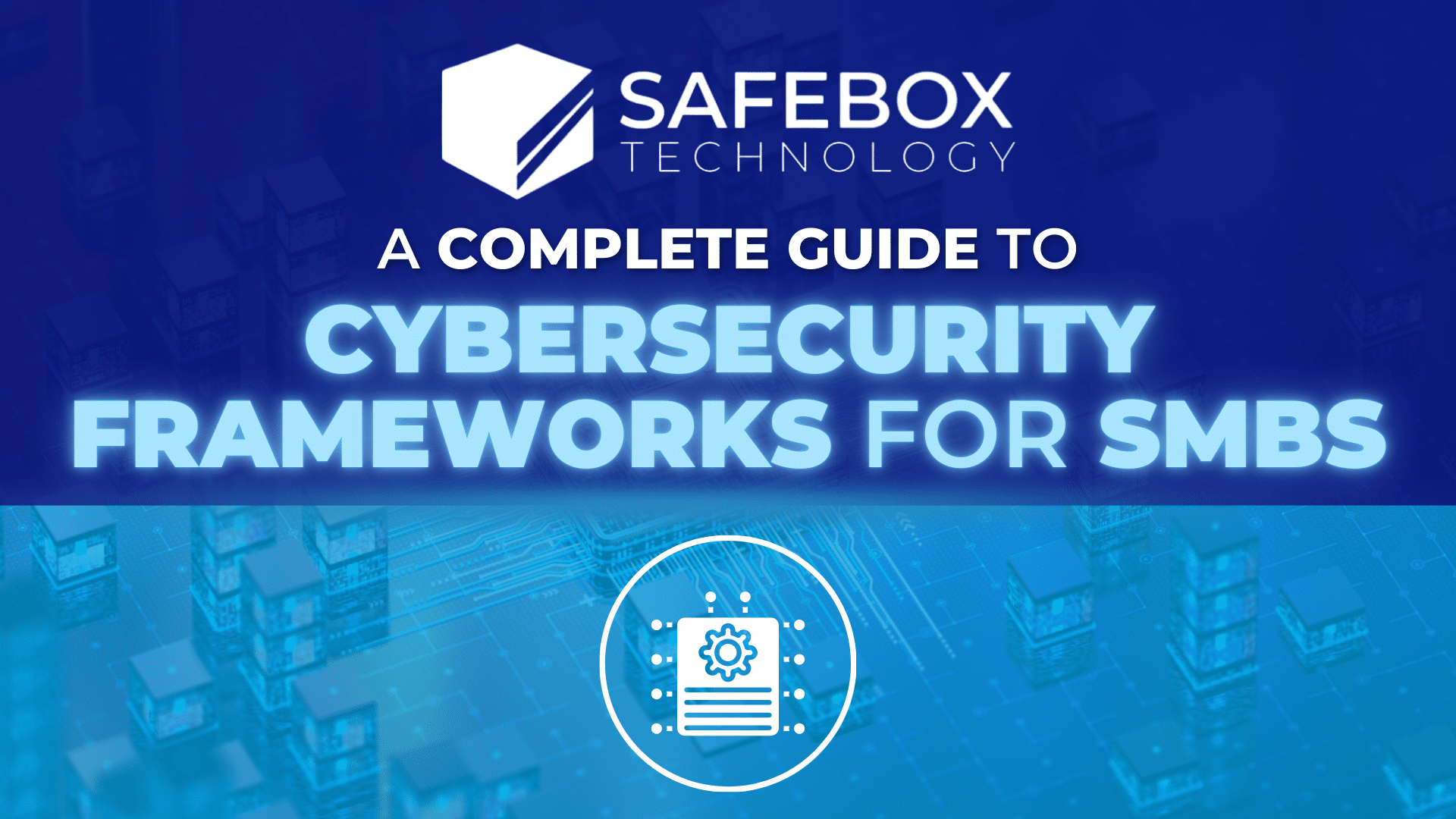Cybersecurity frameworks can help small and medium-sized businesses (SMBs) keep their data safe, follow the rules, and earn customers’ trust. However, choosing a cybersecurity framework for SMB operations can appear challenging, given the several IT security standards.
Unlike big companies with dedicated security teams, SMBs typically have limited IT expenditures. Adopting the best cybersecurity standards for small businesses that provide security and compliance without too much complication is essential.
What Are Cybersecurity Frameworks?
A cybersecurity framework is a set of policies, procedures, and best practices that help businesses detect, defend, recognize, and recover from cyberattacks. These models give SMBs a roadmap to build a security-first culture without starting from nothing.
Using accepted IT security standards helps SMBs reduce risks, satisfy legal obligations, and guarantee client data stays safe—all while keeping their operations running efficiently.
Why SMBs Need a Cybersecurity Framework
Cybercriminals now target not just big businesses. The 2023 Verizon Data Breach Investigations Report shows that 58% of hackers target small businesses.
Adopting a well-structured cybersecurity strategy is necessary when the stakes are this high. The proper framework helps SMBs:
- Follow legal and industry standards
- Minimize financial damages brought on by cyberattacks
- Create a security-first culture among staff members
- Increase stakeholder and customer confidence.
Top Cybersecurity Frameworks for SMBs
Choosing a cybersecurity framework for SMBs is essential because there are many challenging ones to select from. While some systems focus on operational security and risk management, others highlight regulatory compliance. Here are some of the most valuable models SMBs could apply to improve the state of their cybersecurity.
1. NIST Cybersecurity Framework (CSF)
Among the most often used frameworks is the Cybersecurity Framework of the National Institute of Standards and Technology (NIST). It has five main functions that give you a flexible way to handle malware risks: identify, protect, detect, respond, and recover.
Why SMBs Should Consider NIST CSF:
- Perfect for companies of any size since it provides scalability and adaptability
- Adheres to regulatory compliance
- Publicly available and free, lowering implementation expenses.
2. CIS Controls
The Center for Internet Security (CIS) Critical Security Controls offer SMBs a ranked list of defensive measures to guard their networks and data. Three implementation categories separate CIS Controls so that SMBs may start with fundamental security policies and grow as needed.
Why SMBs Should Consider CIS Controls:
- Offers SMBs with limited IT workers a practical, simple, follow-through roadmap
- It helps prevent common cyber threats like phishing and ransomware
- Prioritized recommendations make implementation manageable
3. ISO/IEC 27001
A globally known framework for information security management systems (ISMS) is ISO/IEC 27001. It requires businesses to set up a structured security management process and focuses on assessing and reducing risks.
Why SMBs Should Consider ISO 27001:
- Helps companies create a comprehensive security policy
- Builds reputation with partners and customers.
- Encourages compliance with world standards
4. PCI DSS (For SMBs Handling Payments)
Any SMB handling credit card data needs the Payment Card Industry Data Security Standard (PCI DSS). Ignoring rules could result in significant fines and damaged client confidence.
Why SMBs Should Consider PCI DSS:
- Guarantees client payment data security
- Less responsibility should a data breach occur
- Usually asked for by payment processors and insurance companies
Choosing the Best Cybersecurity Framework for Your SMB
There is no universal cybersecurity system. Your sector, legal obligations, and business size will all affect the best option. Here’s how to decide wisely:
- Identify Your Security Needs: Does your SMB manage private customer data? Are there specific rules that you have to follow? First, consider the kind of data you store and its associated hazards.
- Evaluate Resources and Budget: Most frameworks, like the NIST CSF and CIS Controls, are free and easy to use. Other frameworks, like ISO 27001, must be certified and have regular evaluations, which can be expensive.
- Consider Regulatory Compliance: Ignoring cybersecurity laws could lead to fines and lawsuits. While NIST CSF corresponds with U.S. rules, standards like ISO 27001 guarantee international compliance if you operate worldwide.
- Seek Expert Guidance: Setting up a cybersecurity plan is usually thought of as an exhausting undertaking. However, working with cybersecurity specialists will promote numerous protective measures for your SMB and simplify the process.
Final Thoughts: Take Action on Cybersecurity Today
Cyberattacks are not going away; SMBs have been mainly targeted. It does not have to be complicated to choose a cybersecurity framework for SMBs, but delays can cost you.
By using the appropriate frameworks for their requirements, Safebox Technology helps SMBs negotiate the complexity of cybersecurity. Our staff can help you at every stage of the journey. whether your preferred industry-standard framework is NIST CSF, CIS Controls, or an alternative.
Ready to strengthen your company from online dangers? Schedule a cybersecurity consultation with Safebox Technology today.

